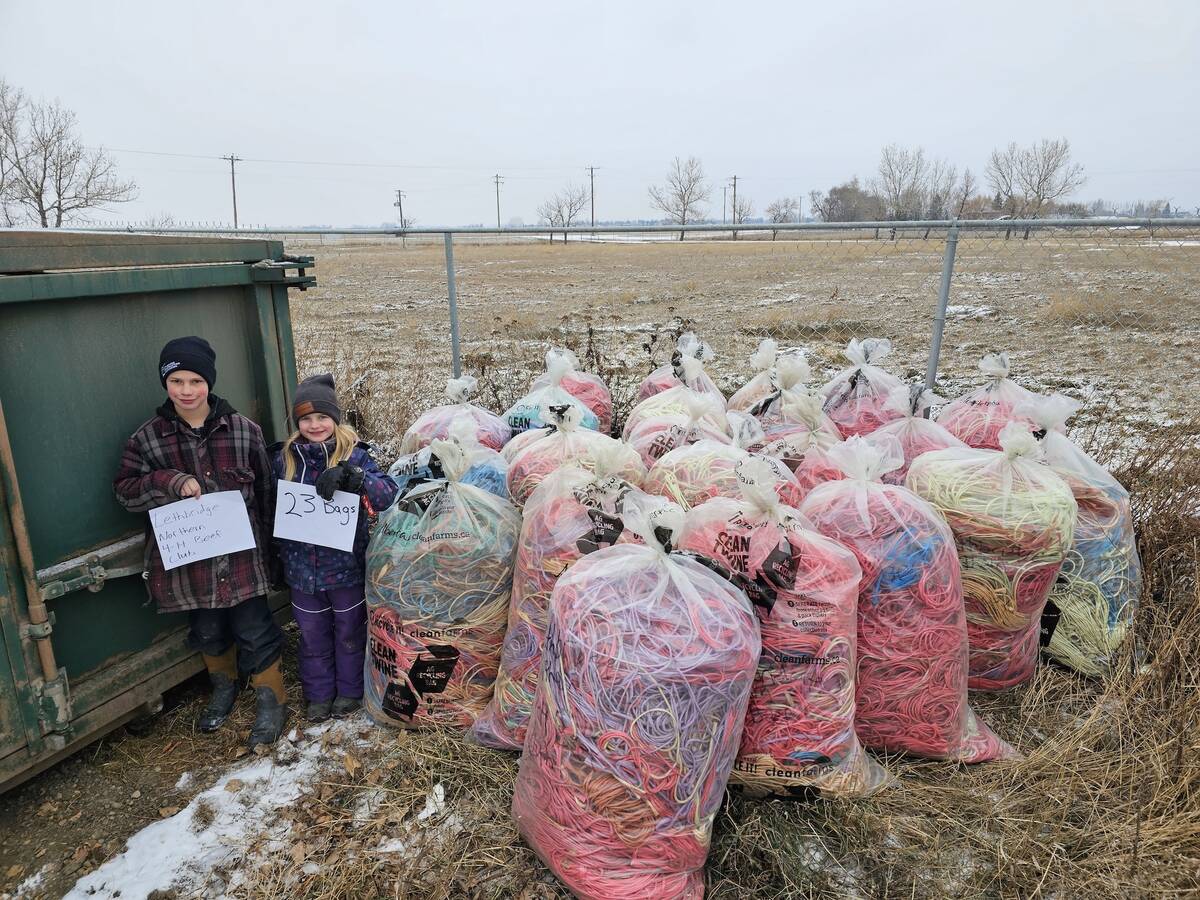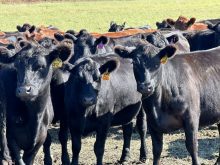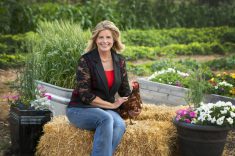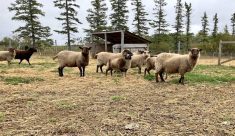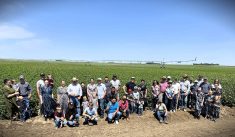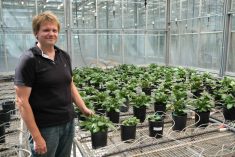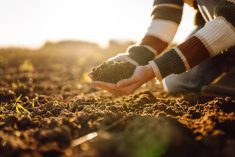The Agricultural Plastics Recycling Group (APRG) wants to make their recycling pilot into a permanent program and is encouraging more farmers to recycle on farm.
APRG began their recycling projects by focusing on grain bags and agricultural plastic baler twine.
“We chose those two materials because they were the two that were able to be recycled. There were markets for them and they’re easy to recycle,” said Assar Grinde, chair of APRG.
Read Also
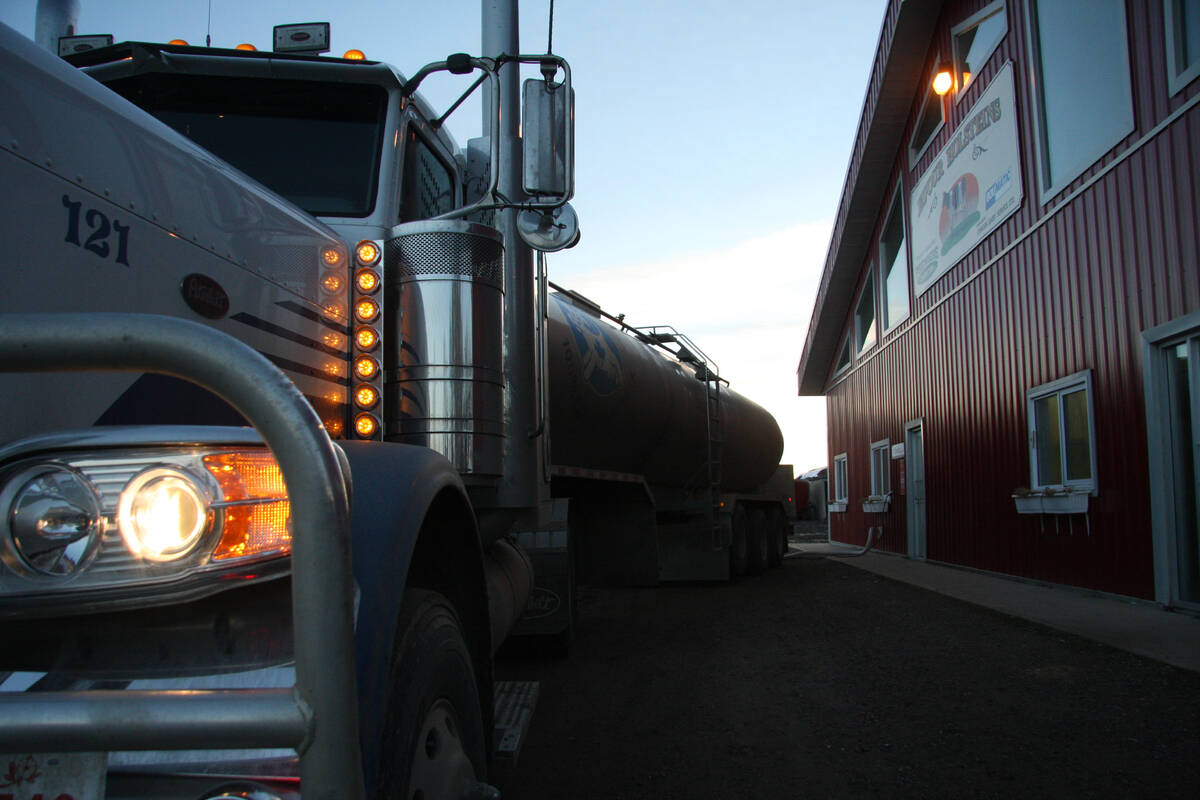
Milk transportation requires intricate logistics
Alberta Milk explains transportation system in Western Canada which sees millions of litres cross borders
The APRG formed in 2016 and cooperates with Cleanfarms, a cross-Canadian agricultural stewardship organization that focuses on recovering and recycling agricultural plastics, packaging and products. The APRG is made up of commodity groups, retailers, municipalities, academic institutions, recyclers and farmers.
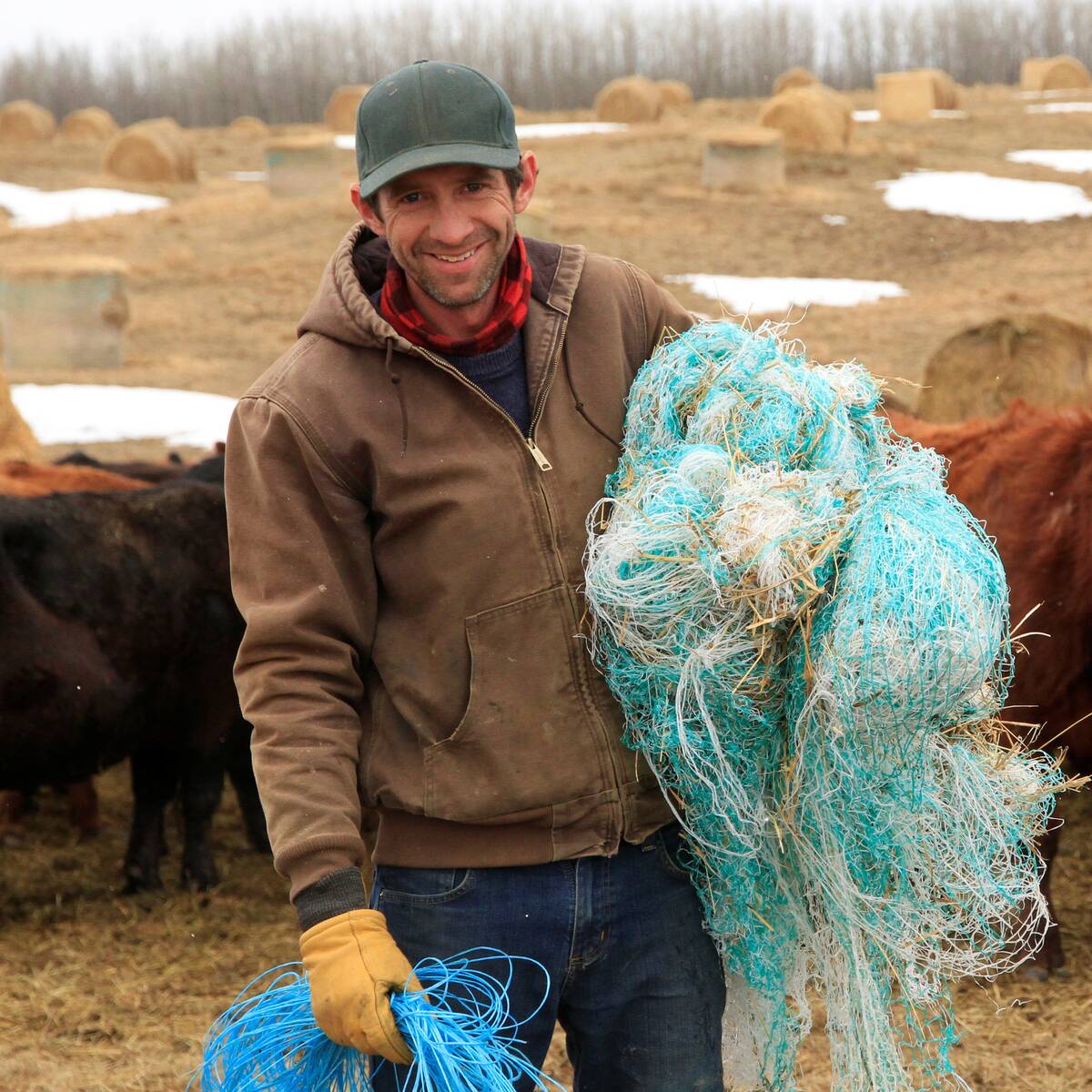
The grain bag recycling program has been quite successful.
“Part of that is because it’s a bulkier item, that they (farmers) empty all at once. There’s this big item that they need to do something with, and they don’t want it left on the farm,” said Grinde, who raises beef cattle near Bluffton.
Saskatchewan has had a permanent grain bag recycling program for the last seven years, he said.
There are a few municipalities in Alberta, like Wheatland County, that have been collecting grain bags for recycling for quite a while, said Grinde.
“I think there’s a comfort for it, and the uptake on that through the province has been quite good. Twine has been kind of a laggard,” he said.
“The biggest barrier to recycling, especially twine, is just trying it. It’s a culture change on farm,” said Grinde.
Grinde is an avid recycler of twine, and he tells farmers they don’t have to recycle twine perfectly.
“If you take twine off a bale, if it’s clean, have a recycling barrel next to your garbage barrel. You put the clean twine in there and you’ll be amazed with how much you can collect without doing any extra work,” he said.
To raise awareness and encourage twine recycling, APRG ran the Great Twine Round-Up contest in Alberta, in collaboration with Cleanfarms. The goal was to increase awareness and get more people to recycle twine.
“I really do think the biggest barrier to recycling, especially twine, is just trying it,” said Grinde.
The Great Twine Round-Up contest was successful. The contest was aimed at younger people, and Alberta farmers and 4-H clubs collected and returned baler twine.
“I think the twine collection volumes were up about 60 per cent over the last quarter. So that was positive and that’s something we hope to keep doing,” said Grinde.
The contest ran for seven months and wrapped up on May 31. There were 660 entries and 33 participants in all categories. The contest resulted in a collection of an estimated 16,500 kilograms of twine.
There were two prize draws during the collection period. Prizes were distributed to three winning 4-H clubs and a ranch in the Special Areas 2 who plan to direct their prize to an Alberta-based charity. Each prize was $3,000.
The two winners in the 4-H Club category were the Rocky South 4-H Beef Club, and the Hanna Rangeland 4-H Multi Club. The early-bird 4-H Club was won by Lethbridge Northern 4-H Beef Club.
The initiative was made possible by the APRG, with funds from the Government of Alberta and administration by the Alberta Beef Producers.
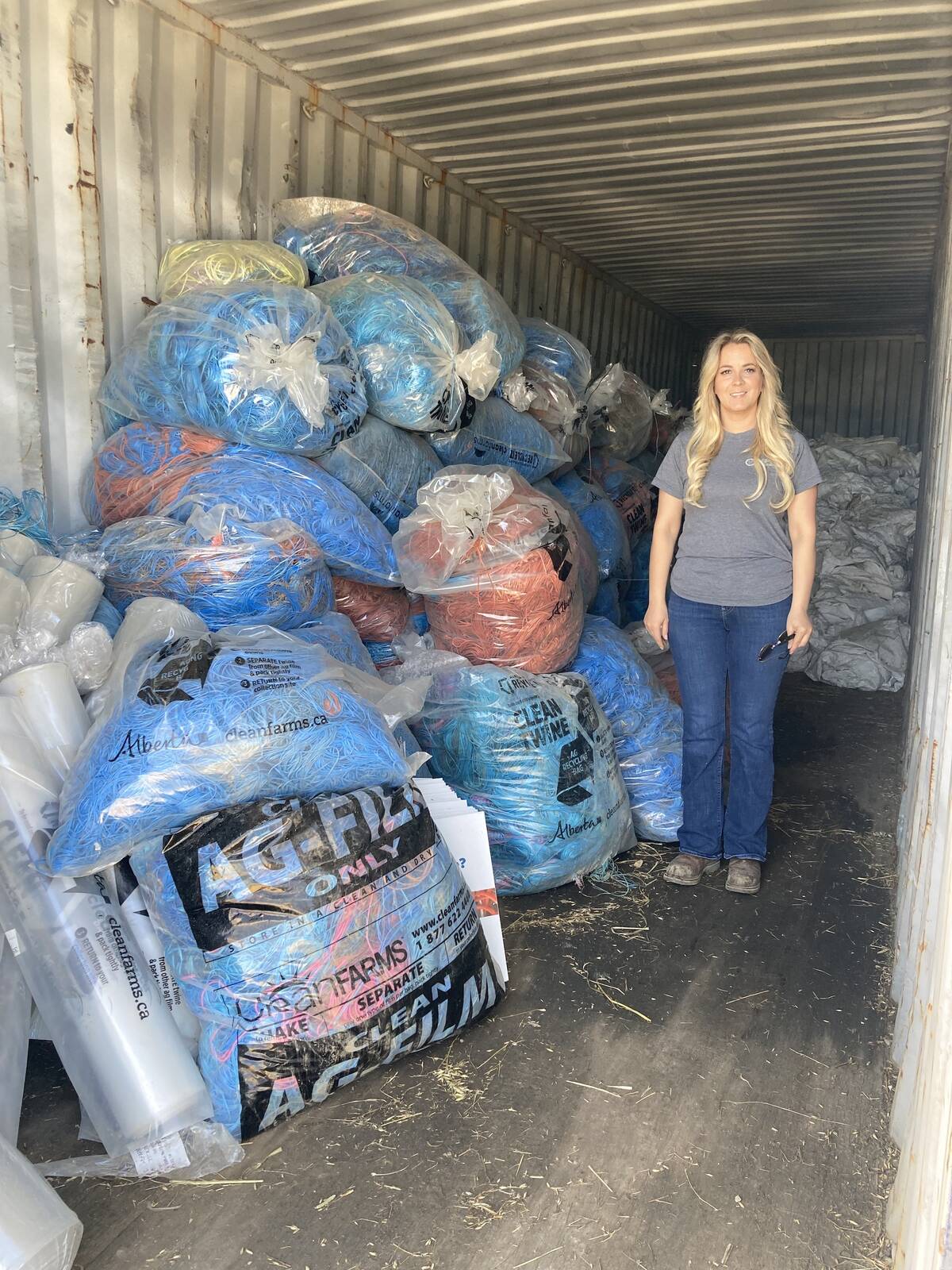
The original recycling pilot was originally supposed to run three years, but it has been extended multiple times.
“The current pilot is due to expire at the end of 2025 and so right now, we actually have a proposal for another extension into the Alberta government,” said Grinde.
“They’re aware the pilot will run out of money at the end of the year,” he said.
The APRG is waiting to hear from the Alberta government to see if the project will be extended.
“We’re really hoping to turn it into a permanent program, because we don’t want this as a perpetual pilot program,” he said.
The Alberta government recently introduced extended producer responsibility (EPR) for household plastics for the entire province. A law was passed, and came into effect, April 2025. Extended producer responsibility (EPR) means the manufacturers or first sellers of the project are responsible for collecting the material.
“It’s a user pay model so the people that are using the plastic pay for the recycling of it when they buy it,” he said.
This is the same as a milk container or pop bottle deposit.
“EPR is what all jurisdictions are going toward, because it leaves it up to industry. The government isn’t involved, other than setting thresholds and maybe enforcement at some point. They set the target collection rates and then you let industry determine the most efficient way of collecting it for recycling, and so that’s why we thought it made sense to have ag plastics just fall under that,” he said.
Alberta Environment and Protected Areas will bring household paper, plastic packaging and household hazardous waste into their EPR.
Grinde said the APRG has been asking for ag plastics to be brought into the regulation.
For policy to change, the government needs to do stakeholder engagement. The Government of Alberta launched a survey on Agricultural Plastics Management Engagement on July 31, and it will be open until September 12. The survey is being done by Alberta Environment and Protected Areas, and Alberta Agriculture and Irrigation. The goal is to engage people on the potential inclusion of agricultural plastics in a provincial regulatory system for collecting and recycling agricultural plastics waste. The survey examines what types of agricultural plastic should be included, implementation timing, material recovery rate targets, and service standards for material collection.
The survey can be found at https://your.alberta.ca/ag-plastics/surveys/survey


